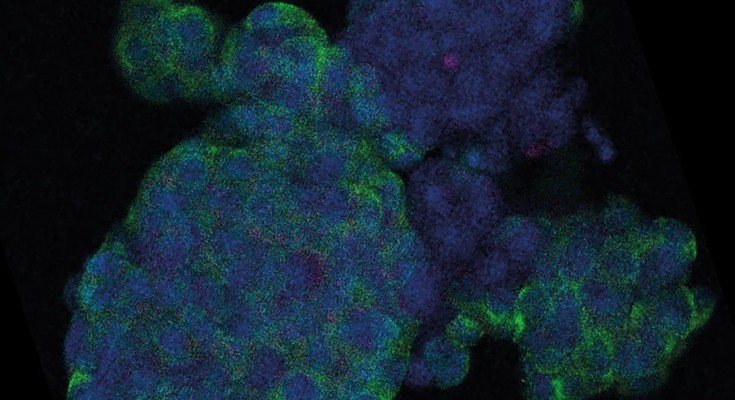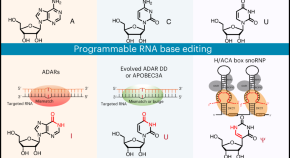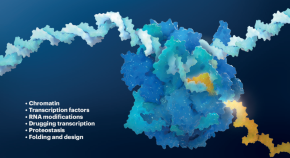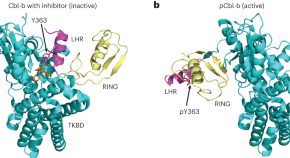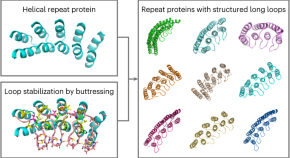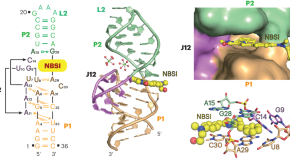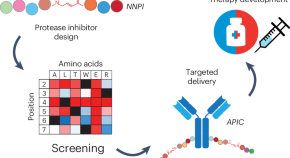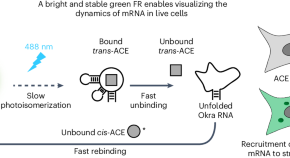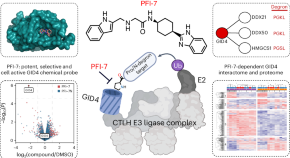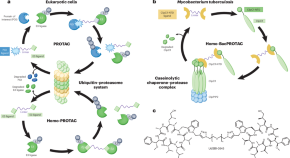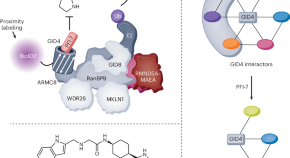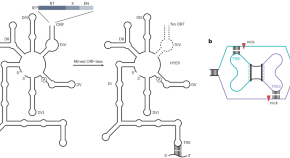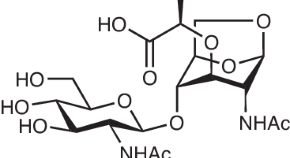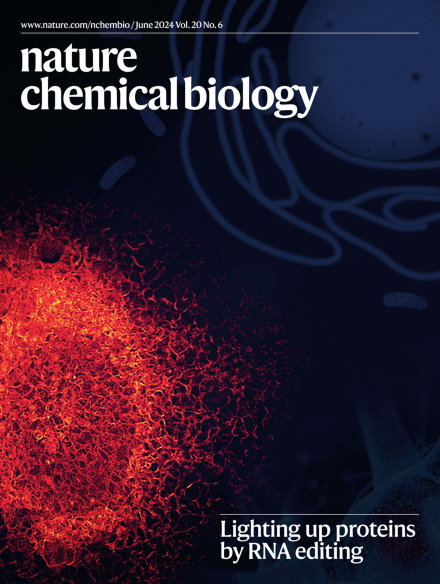
Announcements
Advertisement
-
-

Antibody–peptide conjugates for targeted inhibition of cysteine proteases
We developed a rational approach to design peptide-based covalent inhibitors and coupled the inhibitors with antibodies for cell-specific delivery. We used this platform to generate antibody–peptide inhibitor conjugates (APICs) that target a family of proteases, the cysteine cathepsins. Our drug design and targeted delivery approach ensure specific inhibition and achieve therapeutic efficacy in different cancer cells and osteoclasts.
-
-
Trending - Altmetric
-
Antibody–peptide conjugates deliver covalent inhibitors blocking oncogenic cathepsins
-
Imaging the dynamics of messenger RNA with a bright and stable green fluorescent RNA
-
Chemical genomics in Escherichia coli identifies an inhibitor of bacterial lipoprotein targeting
-
RNA-binding protein PTENα blocks RIG-I activation to prevent viral inflammation

